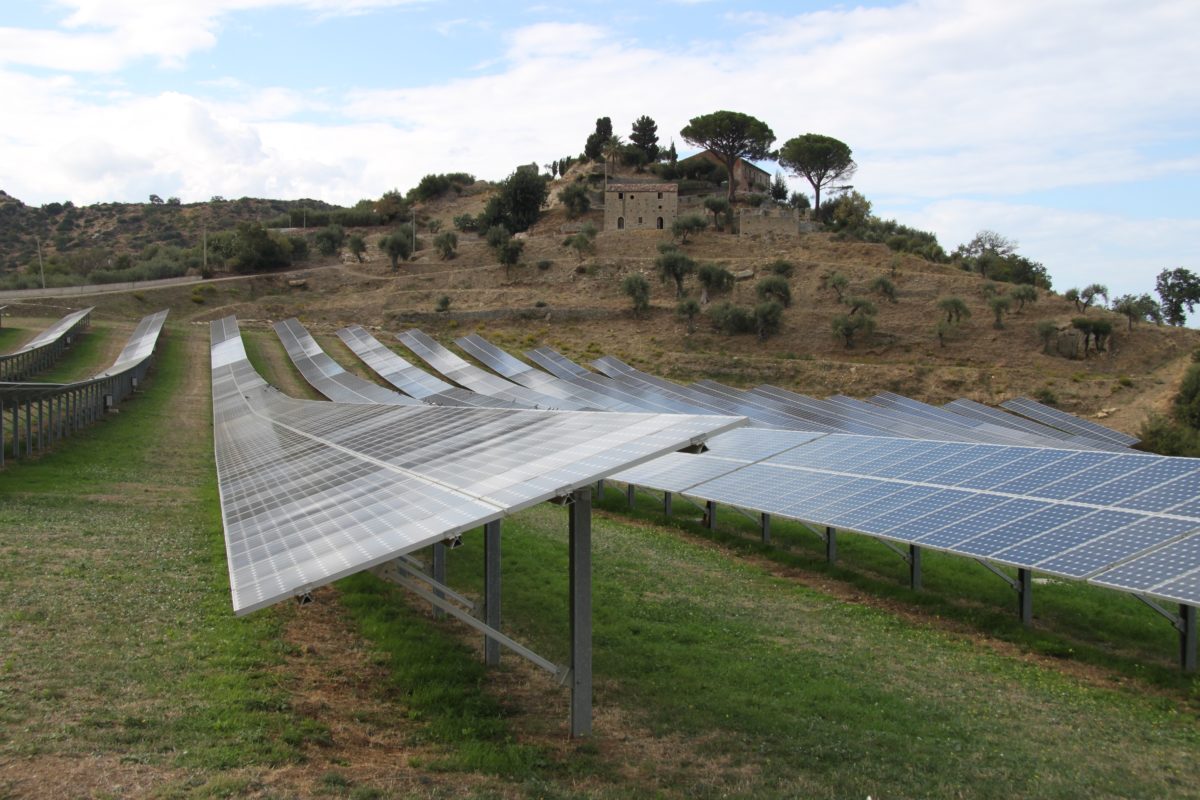German consultancy VDE Renewables and global reinsurer Munich Re have recently entered into a strategic partnership to offer long-term performance guarantees with tailored insurance solutions to the owners of large scale PV assets.
In a whitepaper, the two companies have outlined their approach, that is claimed to help quantify the impact of risk mitigation measures applied to PV projects, as well as the advantages that may derive by relying on an insurance solution.
The proposed approach is based on the cost priority number (CPN) method, which consists of a cost-based failure mode effect analysis developed in the frame of the Solar Bankability Project. “The CPN methodology allows accurate economic quantification of PV degradation modes and other performance-degrading impacts of PV plant operation,” Ulrike Jahn, R&D project manager at VDE Renewables, told pv magazine. “The CPN method allows an estimation of the economic impact of failures on PV project business models and was developed not only to determine the economic impact of technical risks but also to evaluate the effectiveness of mitigation measures.”
The two companies said that the risk quantification methodology was recently applied to a case study on a 10MW PV power plant that was seriously affected by potential induced degradation (PID). Their experts found that after four years of operations, the solar park had suffered a loss of around 25% of its expected power yield. “Taking into account the real investment (capex) and operating costs (opex), as well as the annual revenue (PPA), the 20-year financial revenue projection results in a loss of 45% of the rated power if no mitigation measures are taken,” they further explained.
Through their analysis, the companies' experts also found that a PV warranty insurance would have helped to significantly reduce these financial losses by enabling the application of two mitigating measures: installing PID boxes to reverse the power losses, and replacing the defective modules. “Taking into account the additional costs of the two mitigation measures, of €3.233 million, the cumulative financial revenues result in a deviation from expected revenues of only -5% for the first and second measure, for the 20-year financial perspective.” the whitepaper reads.
“What the warranty insurance generally safeguards is a stable performance of solar assets, as it insures non-physical damage of PV modules,” Jahn further explained, adding such damage could be “due to various perils in a very wide range.” She continued: “These can include under-performance of PV modules due to polymer degradation of the backsheet and the encapsulant; light-elevated, temperature-induced degradation (LeTID) and light-induced degradation (LID) for n-type modules; and rear PID for PERC cells.”
According to her, damages may also arise in hot cells in partly shaded high-power PV modules, shaded tandem perovskite/silicon cells, and heterojunction devices. “Cell cracks of half-cut cells and other degradation modes of current and new-module technologies must also be considered,” she added, noting that insurance cannot and should not replace the project developer’s due diligence and duties of care. “Especially with the insurance,” she said, “regular monitoring, inspection, and testing of the PV modules during the operational phase remains a basic requirement.”
According to Julia Moser, responsible for PV warranty insurance at Munich Re’s Green Tech Solution, PV warranty insurance may partially or completely cover the costs for the required mitigation measures if the solar modules are warranty-insured by the manufacturer. Furthermore, she also noted that all stakeholders should understand that, in the proposed methodology, the PV warranty insurance should be considered as an effective early detection mechanism for potential warranty claims.
Moser said warranty insurance products for PV projects “are growing at the same pace as the solar industry.” She added: “The specific market volume is hard to estimate. I can say, however, that our team at Munich Re has insured 41GW worldwide across 800 projects in 88 countries.”
Moser also stressed that effective risk management for large scale PV assets means covering the most significant risks. “The risk pyramid for PV risks clearly shows that we recommend focusing on two types, and these are external physical damage, and warranty risks,” she emphasized, adding that all other risk coverage types can be gained from less specialized providers but using such companies would probably mean less efficient focus in respect to PV risks. “You can think about general liability insurance, property risk insurance, environmental risk insurance, business interruption insurance, or revenue coverage,” she affirmed.
Join the webinar with VDE Renewables and Munich Re
This content is protected by copyright and may not be reused. If you want to cooperate with us and would like to reuse some of our content, please contact: editors@pv-magazine.com.




2 comments
By submitting this form you agree to pv magazine using your data for the purposes of publishing your comment.
Your personal data will only be disclosed or otherwise transmitted to third parties for the purposes of spam filtering or if this is necessary for technical maintenance of the website. Any other transfer to third parties will not take place unless this is justified on the basis of applicable data protection regulations or if pv magazine is legally obliged to do so.
You may revoke this consent at any time with effect for the future, in which case your personal data will be deleted immediately. Otherwise, your data will be deleted if pv magazine has processed your request or the purpose of data storage is fulfilled.
Further information on data privacy can be found in our Data Protection Policy.